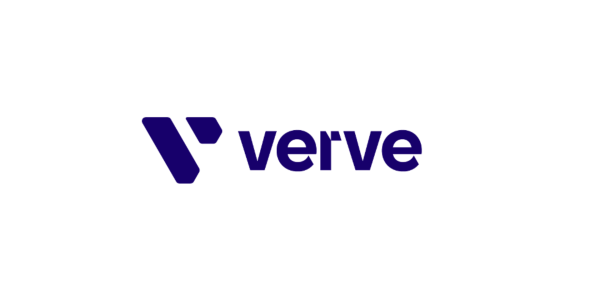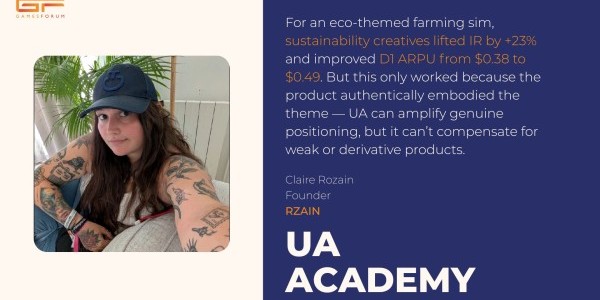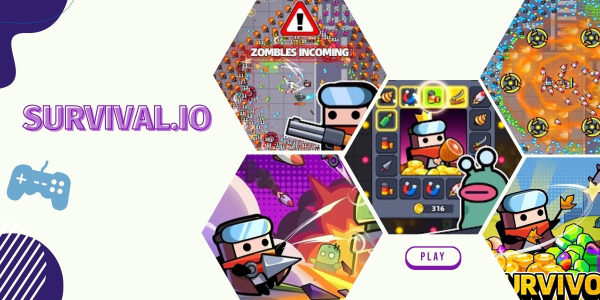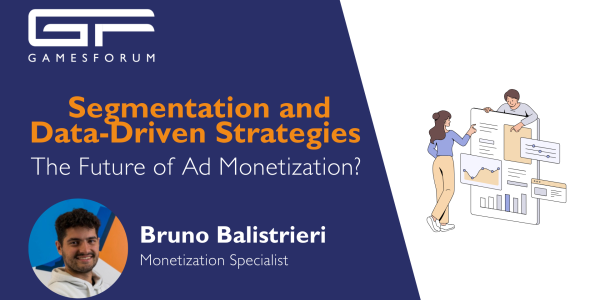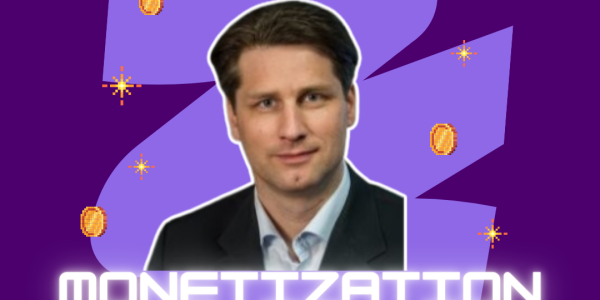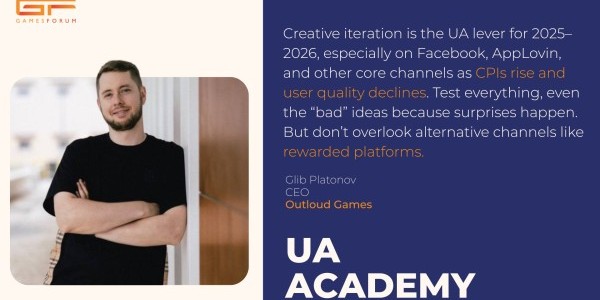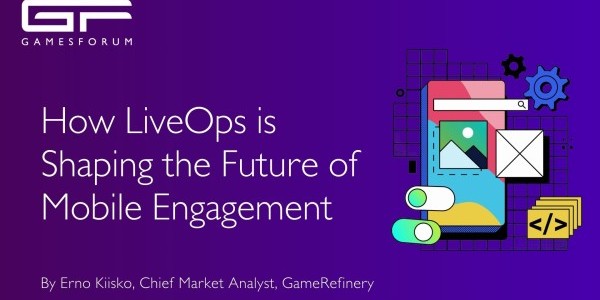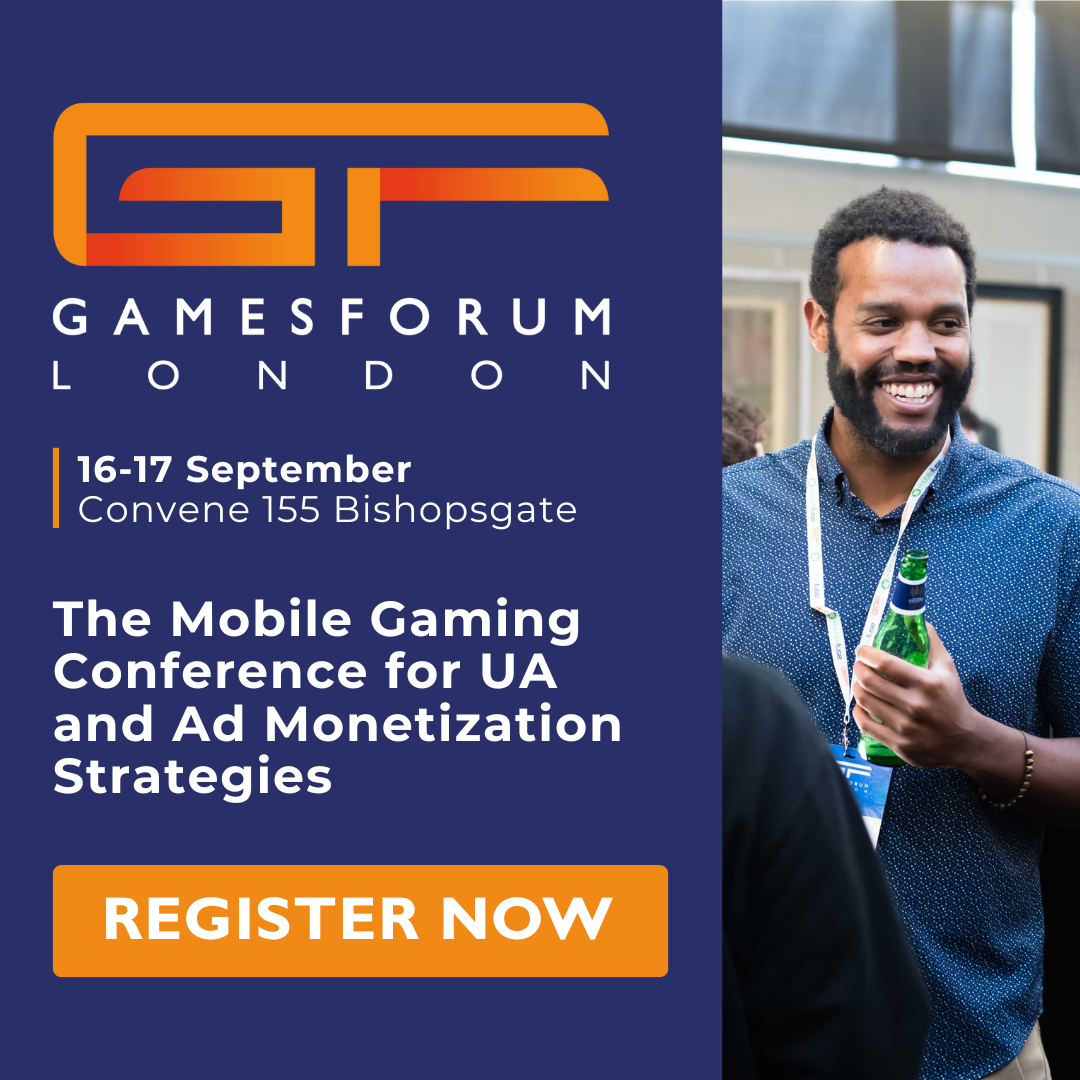The Hidden Economics of In-App Advertising

How publishers actually make money with ads, and where Tracy thinks IAA is heading next.
So you’ve signed up for an ad network (or a bunch), turned on monetization, pushed traffic to your placements, and boom! in 15/30 days after the end of every month, a “paycheck” shows up. But have you ever asked: How did this happen?
I’m here to (try my best) to explain.
The money trail
Advertising $ coming into the app ecosystem can be categorized into 2 groups:
1. The zero-sum $$: This is the bulk of in-app monetization today. Think install campaigns from other games/apps, all trying to outbid each other for the same audience. It’s a closed loop. One app’s CPI spend becomes another app’s ad revenue.
“Taking from one app to pay another. The ecosystem is basically frying itself in its own fat.” (Or as we say in Vietnamese: “lấy mỡ nó rán nó.”)
Also, is it just me, or is Whiteout Survival running wild with UA with no frequency cap?. I’ve seen their ad in every game that I’m playing, multiple times a day!
2. Value-added budgets: These come from brands that aren't app-native: CPGs, entertainment, retail. This money is incremental. It adds to the pie, and doesn't just recycle other apps’ budgets.
Now, you’re wondering how those advertisers decide how much money to give each publisher?
Well, they mostly don’t. It’s the platforms who do that job.
Bear with me while I’m decoding the heavily used acronyms in Adtech.

Advertisers usually use a mix of tools to reach their audience: either through the programmatic way of Demand Side Platforms (DSPs) - think Google DV360, The Trade Desk, Moloco etc., where they have more control and transparency on what they are buying; or, via a closed loop that prioritizes outcome - Applovin, Google Ads or Meta Ads.
These buying mechanisms either plug into their own supply - like AppLovin with its sell-side stack, Google with AdMob and its owned properties (Search, YouTube), or Meta via its Ad Network and its walled gardens like Facebook and Instagram.
Or, they connect to open ad exchanges, sourcing supply from other pipes - typically through Supply Side Platforms (SSPs).
While Advertisers focus on outcome (ROAS, CPI, CPA, reach or CPM), the end publisher receives a blended CPM based on their placements’ performance. Which is why, not all impressions in the same game, same time of the day, same geo have the same value (I’ll talk about factors that most impact CPM in another post).
Aand, as you might have noticed, from each of the nodes, there is a “little fee” that got taken out of the money trail. We call it “the Adtech tax”.
Some of these fees are transparent to advertisers or publishers, the rest are folded into a black box or a tiny section of the terms & conditions that are barely visible when you signed up with a platform.
What can I say, it is a bit complicated….
But whether you are a publisher or an advertiser, ask questions around what take rate/revenue share you are on, and of course, always read the fine print!
The worst answer you can get from a Sales rep is: “Let me check internally and get back to you” (ooh the flashback!)
The Stack Is Stacked - And Not in Your Favor
A well-optimized publisher monetizes with 8 to 10 ad sources. But the majority of ad revenue concentrates on a handful of platforms.
Based on Tenjin’s latest report on Ad Revenue Share by Ad Network, the top 4 ad networks already accounted for 70-80% of ad revenue.
iOS Ad Revenue Share by Ad Network in Q1 2025

Android Ad Revenue Share by Ad Network in Q1 2025

In some genres (Non-Gaming - Utility, Hypercasual), the concentration is even more staggering.
And what do the top ad networks have in common? They all have their own closed loop network, operating (or closely tied to, in the case of AdMob) with a very strong demand side.
This results in a highly opaque revenue share for publishers, limited policy transparency, and low tolerance for violations. Every month, you might get hit with a revenue deduction due to “invalid traffic” without further explanation.
The platform holds all control.
And as in a favorite piece from Božo Janković, ad monetization is not a standalone product for these ad networks anymore, it’s all about the UA and their margins - coming back to the point of: “lấy mỡ nó rán nó.”
Why Bidding Changed the Game (and Didn’t)
I’m gonna go ahead of myself here, while not going too deep in mediation or waterfall and talk a bit about bidding, and how we won’t see a big win for the “open internet” like what happened with the change to header bidding in web.
I remember clearly the excitement 6 years ago when I was at Rubicon Project (now Magnite), working to educate the industry about the move from waterfall. (Well, I have my thoughts on the state of header bidding now, too, but this is probably not the place).
This time around with in-app advertising, I don’t share the same optimism. Because moving to bidding doesn’t inherently increase the transparency for the ecosystem. At its core, this shift is more about optimizing QPS (queries per second) and increase efficiency on the buy side - not opening up access or visibility for the sell side.
And because so much of in-app monetization still depends on zero-sum performance budgets, it’s the dominant, closed-loop ad networks that will benefit most.
As a publisher, you’ve probably already noticed the “stabilization” in CPM without much control. This trend will continue, and most impressions will be commoditized.
My final two cents
If you're a publisher: of course, look at the data and prioritize the platforms that work best for you. But don’t get too loyal to any one ad network. Keep diversifying your stack, and don’t be hesitant about trying newer ad sources.
And if you have the resources, start moving closer to demand itself.
To my friends in adtech or agencies: don’t treat in-game/ in-app inventory like display inventory in NYT and buy it by app bundles. Really. Treat them like an influencer - rise with the buzz, sponsor skin, lean into gamification. Here are some really good inspo.

